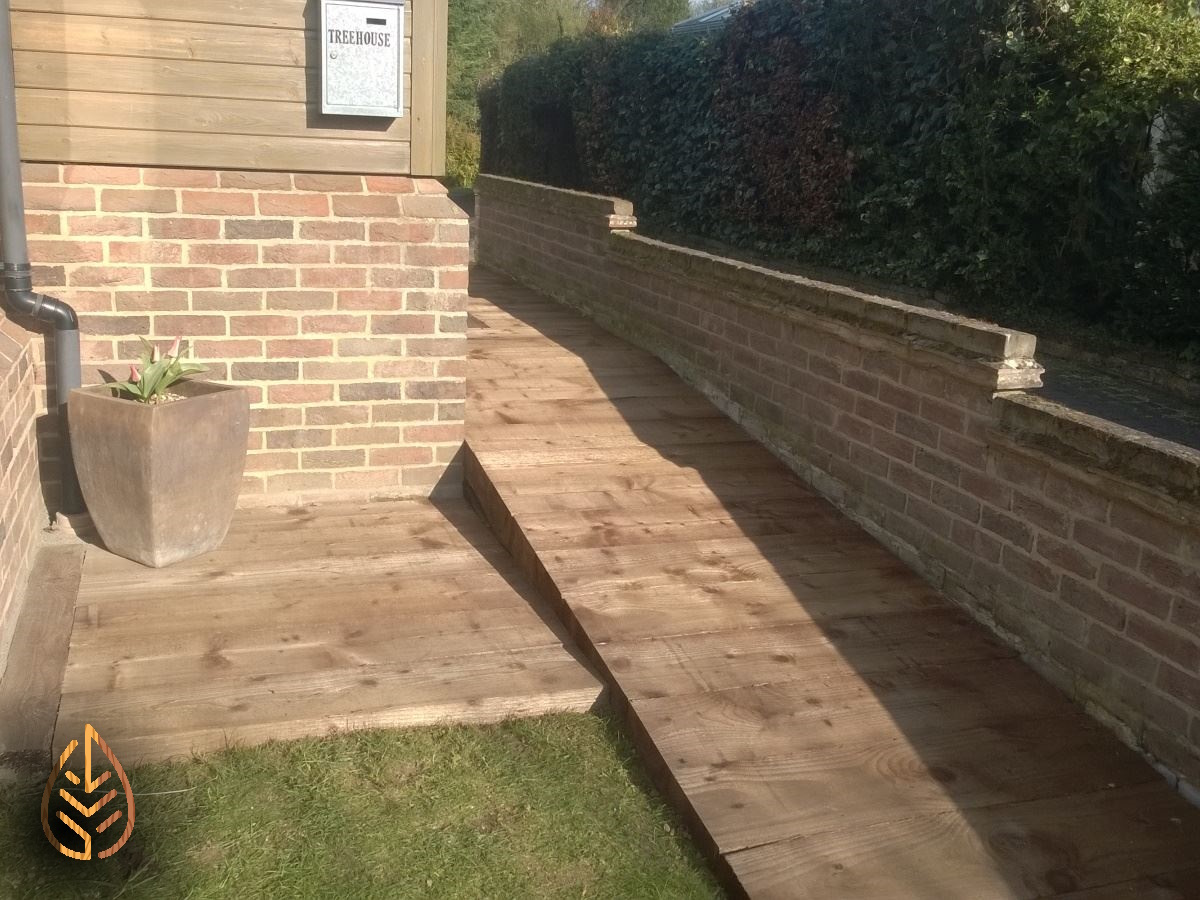Tips For A Long Lasting Deck
A few key points to help your decking last for many years to come.
Tips For A Long Lasting Deck

Keep it dry.
Top of the list for a long lasting deck is to keep it dry. This needs to be considered during the design phase as air flows need to be accommodated for and built in to the structure if necessary. The proximity between the decking and the ground can also change moisture levels that the decking is exposed to. The site where the decking is going to be built needs to be cleared of vegetation and ideally dressed in a fashion as to discourage growth in the future. The growth of vegetation restricts the movement of air which helps keep it dry as well contributing directly with their own water content as the plant roots pull water directly into that area. Large areas of decking benefit from having a slight run-off in their level to discourage the pooling of water.
Choose the right wood.
Wood is a variable material. Its natural durability is affected by many factors on top of moisture ingress. Various forms of biological attack like beetles, termites, fungi and other organisms can have massive consequences of the life-span of your decking. Speak to your local timber merchant about the common problems for your local area. Timber decking is most commonly a softwood due to its value but a general guide is the harder the wood you can get to fit your budget the better. Using wood that is inappropriate for the application e.g. untreated wood joists or joists that have been treated for use in dry internal carcassing applications not in frequently wet external situations will also cause major problems.
Proper decking construction.
A failure to properly retreat crosscuts made to pre-treated wood posts, joists and deck boards on site, directly exposing unprotected end grain to rapid moisture uptake and retention is an open invitation to fungal decay. Placement of bolts need to be decided in the design phase to minimise misplacement and opening the deck to holes that have been drille unnecessarily. Also, UK standards organisation, BSI, is raising the level of preservative treatment required for timber deck substructures. This means that all softwood components used for the structural sub-frame of a deck will have to be treated to the same level as components in permanent contact with the ground and freshwater.
Ongoing treatment.
To get the most out of you decking it is encouraged to give it a regular treatment of preservative to help stop water ingress and the loss of the natural oils in the wood.